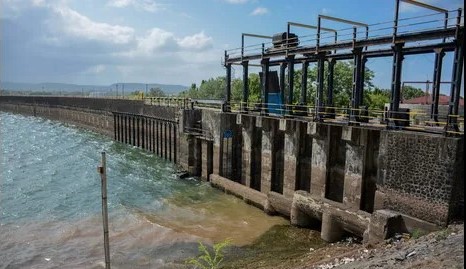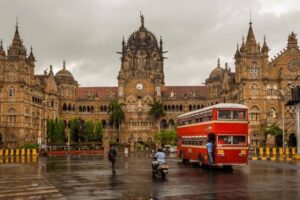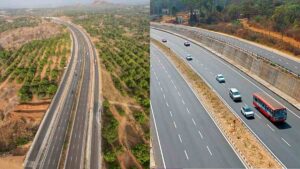Pune: Water Crisis Deepens in Maharashtra: Dam Levels at Alarming Low

Pune: Water Crisis Deepens in Maharashtra: Dam Levels at Alarming Low
A looming water crisis threatens Maharashtra as dam levels across the state plummet to 32.72% of their total capacity. Pune, too, feels the pinch as its four dams—Khadakwasla, Temghar, Panshet, and Varasgaon—hold only 10.31 TMC of water compared to 12.91 TMC last year.
A senior official from the state’s Department of Water Resources expressed concern regarding the current situation. An official has stated that this summer is hotter than the previous one, which is exacerbating the water shortage problem. Moreover, this year’s reduced rainfall has resulted in a decrease in dam levels. Currently, the total storage capacity is only 32.72% full, which is more than a 7.1% decrease compared to last year.
Private Water Tankers to the Rescue
As temperatures soar, water scarcity worsens. Villages grapple with inadequate water access, driving up demand for water tankers. In Pune, the Municipal Corporation increases tanker trips to 34 merged villages due to complaints of insufficient supply. Presently, 300 tankers serve 11 villages, while 800 cater to the rest, including Sus, Mahalunge, and Pisoli. Despite efforts, water remains scarce, prompting a 10% increase in tanker trips.
In the Pune division alone, a majority of the 1,799 villages rely on tanker water. Similarly, villages across divisions like Konkan, Nashik, Chhatrapati Sambhajinagar, and Amravati resort to tanker supplies. Currently, 1,417 tankers deliver water to 1,153 villages and 2,583 settlements statewide, with new villages added weekly.
Reserves Going Low
Water storage in various divisions raises concerns. Marathwada holds the least at 19.36%, followed by Pune at 36.34%. With increasing demand, irrigation restrictions loom, especially in Pune, Nashik, and parts of Marathwada.
Critical Dam Levels
Among 138 major dams, 17 are dry, and 23 hold less than 10% water. This raises fears of severe water scarcity statewide.
Potential Load Shedding
Koyna dam, with 47.52% usable water compared to 50.92% last year, faces limitations in power generation. Discussions may arise about diverting water from electricity to other needs, possibly leading to load regulation, particularly in rural areas. Koyna generates 1,920 megawatts of hydraulic power, which could be affected by declining water levels.









